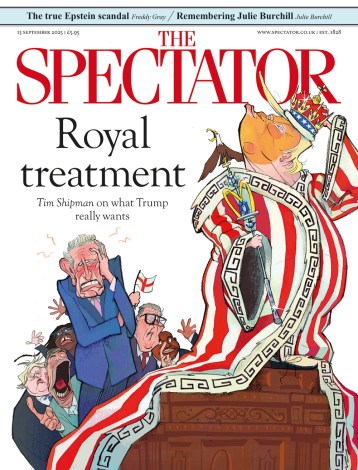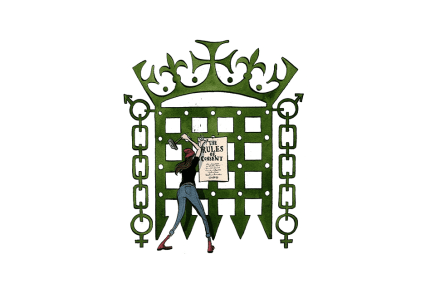Kicking Corbyn out is only the start of Starmer’s anti-Semitism fight
There it is, in black and white. For almost five years, Jews warned, nudged, reported, complained, pleaded and protested that there was a culture of anti-Semitism in the Labour party. For the most part, the party ignored them, although others assailed them, denounced them as fifth columnists, accused them of orchestrating a ‘smear’ campaign, of being agents of a well-financed ‘lobby’, of trying to destabilise Jeremy Corbyn in service of Israel. Scarcely better, and in some ways worse, were those who knew they were telling the truth but whose solidarity with them and commitment to resisting anti-Semitism was conditional on there not being an election in the offing. British Jews




















